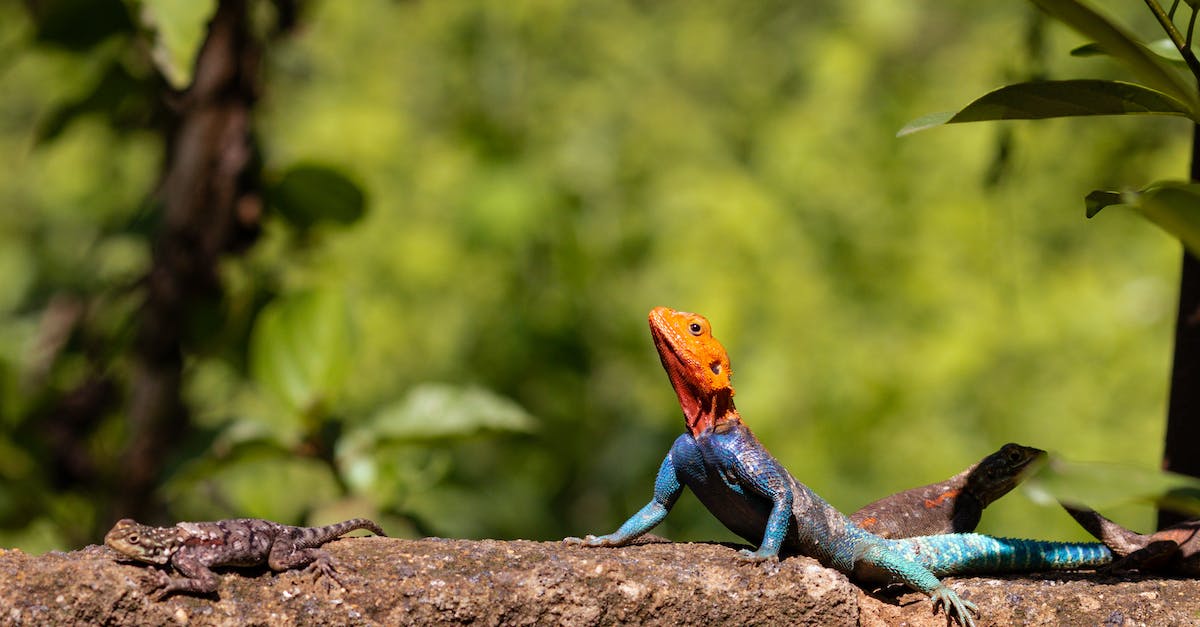Lizard anatomy can seem complex and daunting, but it has never been easier to get up to speed on all the cool, crazy designs lizards have to offer! From their protruding eyes to their scaly exoskeletons, reptilian anatomy is an intriguing thing to behold.
But what’s really under their skin? What kind of crazy anatomical features have the best lizards got, and why do those features give them such impressive abilities? What better way to find out than a good old-fashioned Lizard Anatomy 101?
From the inside out, we’ll start at their organs, look at their limbs and then finish with the impressive appendages that make lizards so potent – like their tongues and tails. Ready to jump in? Strap in and get ready to explore because you’re about to pick up on the anatomy of the lizard like never before!
External Anatomy
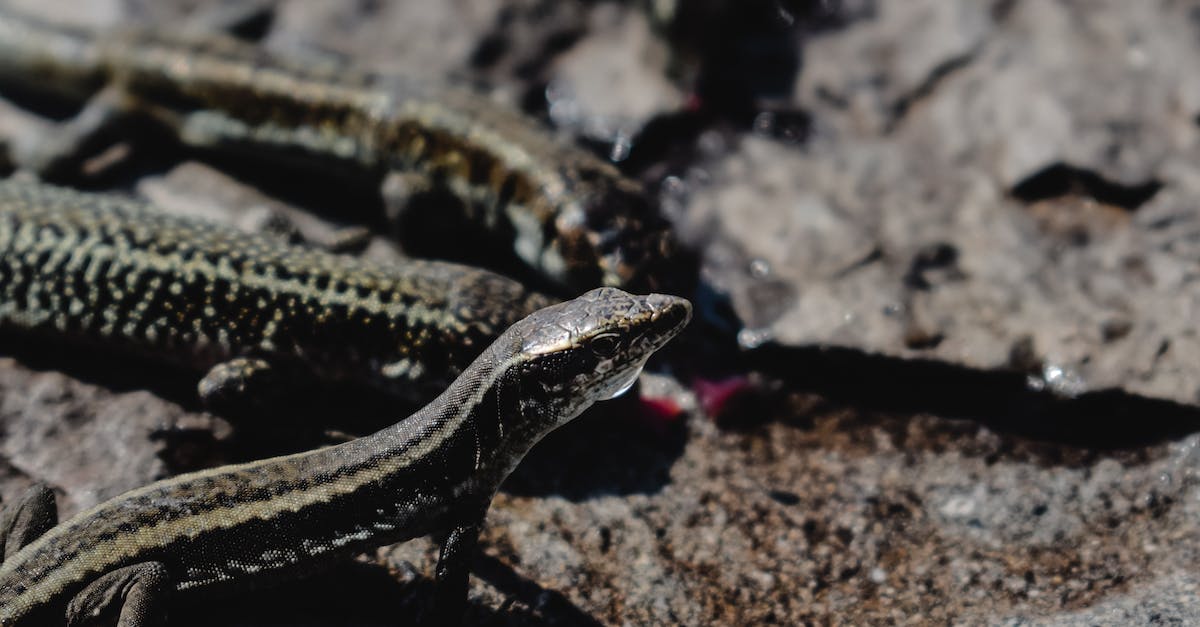
You’re lucky enough to gain a front-row seat in Lizard Anatomy 101, where the external anatomy of a lizard is our focus. Ready to learn something amazing?
Let’s start with the eyes! Sure, lizards may not look like they’re from Hollywood, but their eyes are definitely movie stars. With built-in infrared vision and excellent depth perception, lizards can spot potential prey from a distance and strike quickly. And did you know that some lizards have a third eye, also known as a parietal eye, on the top of their head? This very sophisticated organ helps the lizards become aware of any significant changes in light or other environmental factors that could indicate danger in the air, staying alert and avoiding danger. Who said lizards weren’t smart?
Next, let’s talk about the claws of a lizard. These are flexible and backed by powerful muscles, allowing them to grab onto all kinds of surfaces while they’re running around and scurrying away from predators. On top of that, some lizards even have retractable toes! These lizards can fold their toes inside their foot scales. Sleek and slimy? Cozy and comfortable? Either way, lizards sure know how to get out of sticky situations.
Finally, lizards have scaly skin to protect themselves from the elements. Those fantastically distinct colors mingle with the environment and make it hard for predators to spot them even when they’re not in motion. Plus, the special scales covering their skin also help distinguish between different species, so keep your eyes peeled for any colors and patterns that stand out from the crowd.
So there you have it—the external anatomy of an ordinary old lizard! In a single body, you have infrared vision, retractable toes, and protective scaly skin with a well-known camouflage. All in all, a lizard is a pretty impressive little creature.
Respiratory System
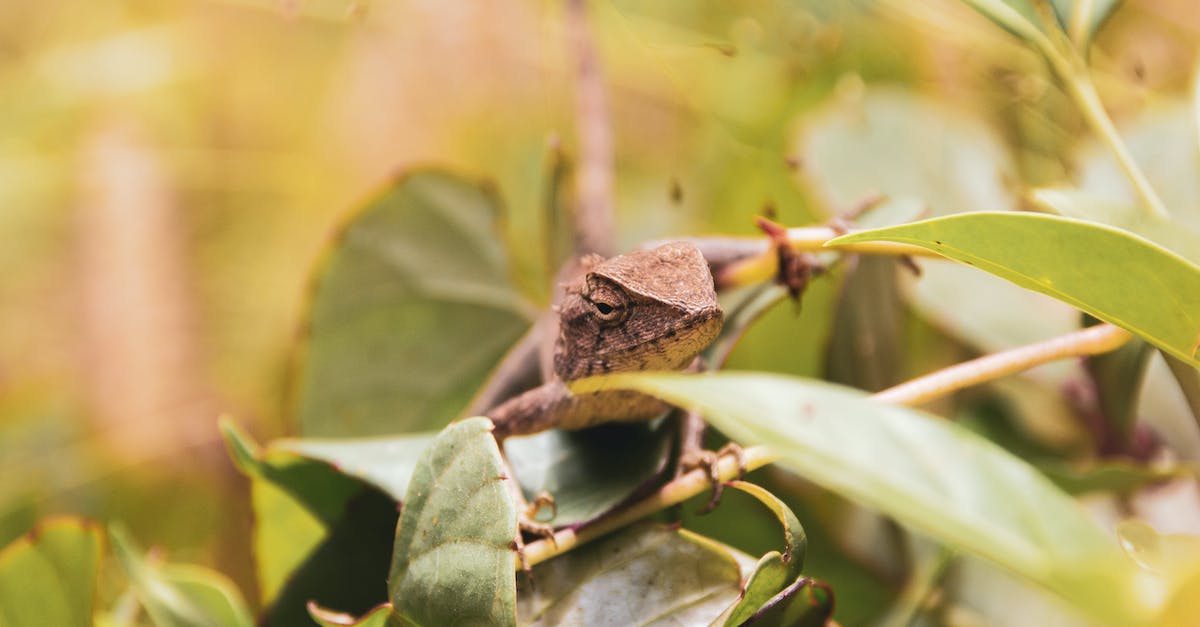
You know that feeling when you’re so tired you can’t even gasp for air? Yeah, well, our scaly friends suffer the same burden! Welcome to the complex world of lizard respiratory systems.
Lizards have lungs like other creatures, and they rely on them to provide their body with the oxygen it needs to survive. Believe it or not, but even the littlest of lizards benefit from a strong air stream: the larger size of their lungs gives them a higher oxygen flow intake. Plus, the larger their lungs, the longer the lizard can go between breaths. So neat!
But how do lizards breathe? Well, the answer is simple: by contracting and expanding their ribs. Yep, lizards’ ribs are like a never-ending boomerang show in which their ribs expand and contract with each breath.
Did you know that like us, lizards can also use their mouths for breathing? When these little creatures get very tired, you can often see them panting. Indeed, panting is when lizards open their mouths and breathe in additional oxygen. It’s a great way to get some much-needed rest.
The respiratory system of lizards also helps regulate the temperature of their body. By controlling the airflow of their lungs, the lizards can create a temperature-balanced system. Cool air is often used to cool down their body on hot days, while warm air can be used to keep them warm on cold days!
We hope you had a blast learning about the respiratory system of lizards! Now that you know all about their lungs, go out and enjoy the beauty of our scaly friends!
Digestive System
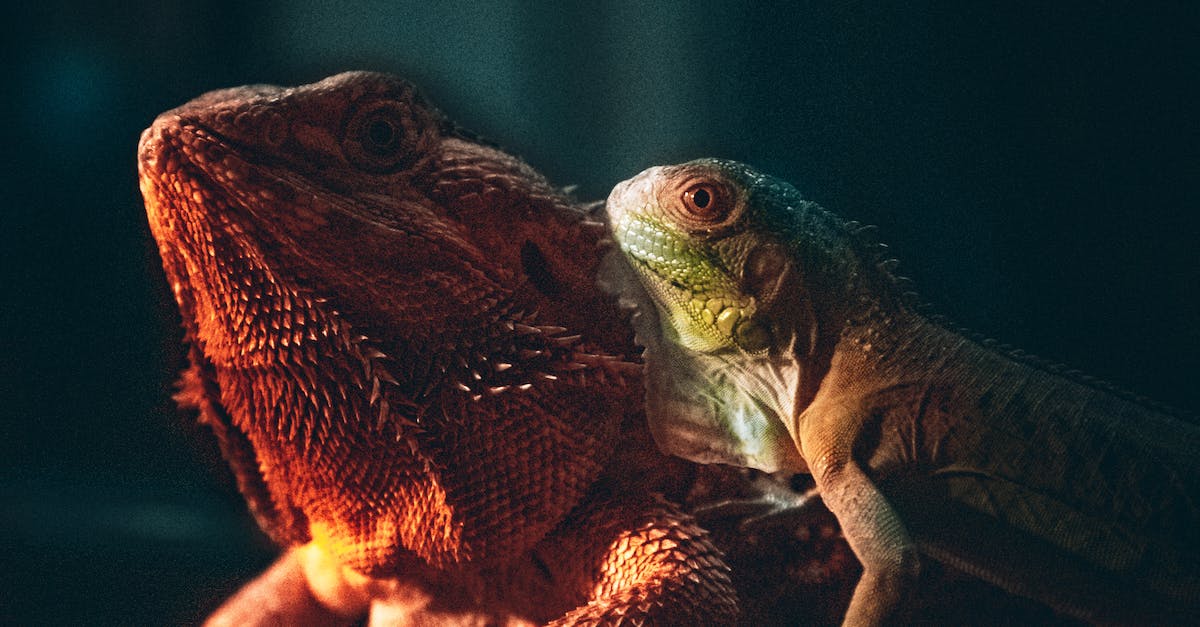
Your lizard’s digestive system is quite a complex piece of machinery! It starts with its mouth, which it uses to tear apart food with its sharp teeth. The food then enters the esophagus, which travels down to the stomach.
In the stomach, gastric juices are released to help break down the food even further. This mixture also contains acid and enzymes produced by the lizard’s glands. It’s a wild ride, let me tell you!
The food then moves to other organs like the pancreas and intestines, releasing more digestive juices. These juices contain the hormones and enzymes the lizard needs to get the most out of the food it eats. Absorption of nutrients and vitamins takes place in the intestines.
But that’s not all! The lizard’s liver also plays an important role in its digestive process. It produces bile, which is necessary for breaking down fat into fatty acids for absorption. Its gallbladder releases bile into the intestine for digestion.
Finally, the food waste will pass through the cloaca and out of the lizard’s body. That’s right – your lizard doesn’t have the same body parts as you do! Its digestive system is unique and different, but nevertheless, it still carries out the same functions as your own.
Your lizard’s digestive system is something to be admired! With its complex process of breaking down and absorbing its food, it can maintain its health and wellness. To ensure its digestive system stays healthy, make sure it’s eating a balanced and nutritious diet.
Limbs and Movement
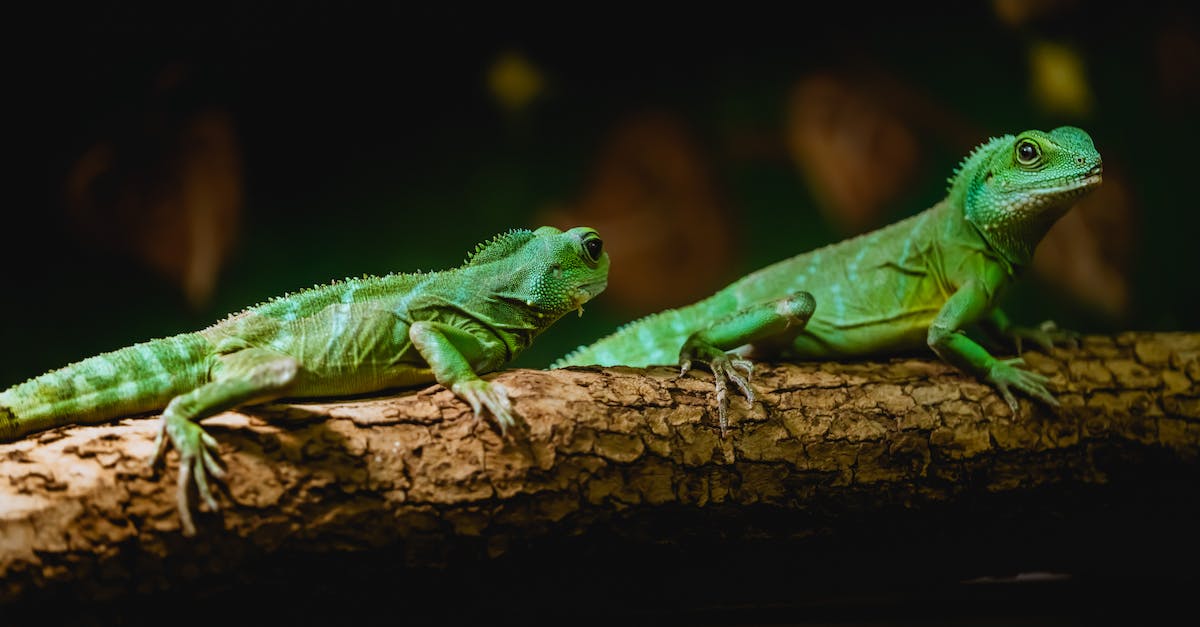
Do you want to know what makes a lizard move around so quickly? Their amazing limbs! The four limbs of a lizard are designed to help them hit lightning-fast speeds.
Let’s start with the front and back legs. As you know, lizards have five toes on their front limbs and four toes on their hind limbs. The positioning of these digits creates a nimble, tree-climbing machine. Think of geckos scampering up the wall, their digits helping them grip the surface. The hind limbs are also designed for power, with larger, stronger muscles that propel the lizard forward at an incredible speed.
The tail is probably the most interesting limb, however. It helps the lizard balance and reaches speeds of up to 20 mph! To help them reach this lightning speed, lizards use a technique called tail undulation or rectilinear locomotion. They whip their tail back and forth, providing them with extra speed and agility.
Finally, lizards use their muscled forearms to swing around and make agile turns. By pushing off with their hind legs and using their forearms to turn, they are able to achieve incredible maneuverability. This helps them stay one step ahead of their predators.
Lizards have specific sets of limbs that make them masters of their environments. It’s surprising just how versatile and adaptable their anatomy is. It’s obvious why these agile creatures are so successful at what they do.
Skin and Sensory Organs
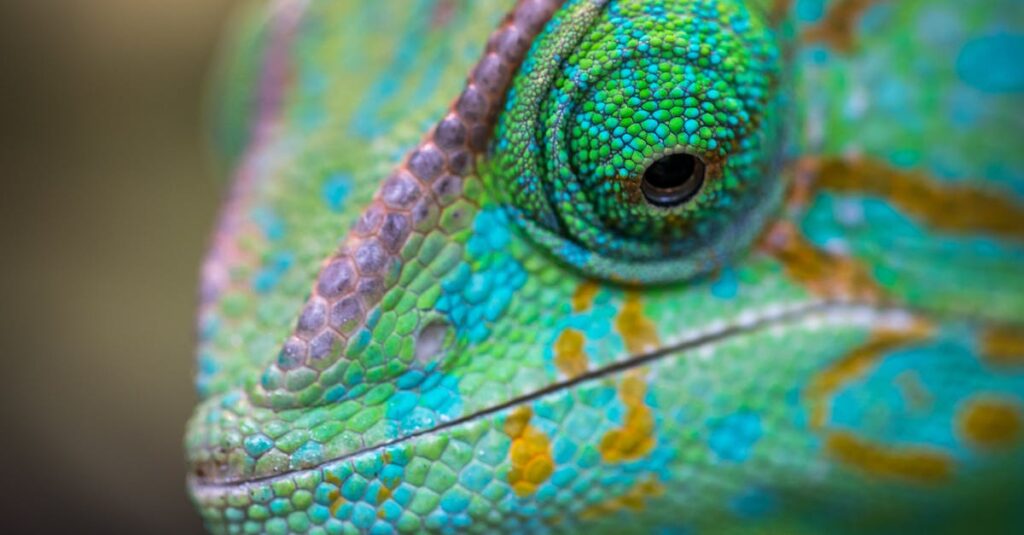
You’re so ready to learn about the skin and sensory organs of the lizard, huh? Put your hands together and give yourself a round of applause because now you get to learn about one of the coolest aspects of their anatomy!
Let’s start with the skin. Lizard is much different than ours, mainly because it is covered in scales instead of our soft and sensitive skin. These scales are actually pretty cool, composed of four layers that are packed with a high concentration of melanin. This gives them a great sense of protection throughout their environment, as well as allows them to shed their skin in one piece. Pretty nifty, isn’t it?
Now, let’s get to the sensory organs. Lizards have great senses that allow them to discover more about their environment, even in the dark. They have pretty large eyes, allowing them to have good sight ranging from near to far. They have a great sense of hearing to pick up vibrations in the air, but not quite as sharp as others. To help them pick up scents, lizards also have nostrils which also double as stomach airways! And lastly, for tactile sensations, lizards also have a great sense of touch all over their bodies.
Overall, lizards are great when it comes to their senses; the secrets of their environment are only unlockable by their keen senses. Now you know more about the skin and sensory organs of the lizard, congratulations!
Reproductive System
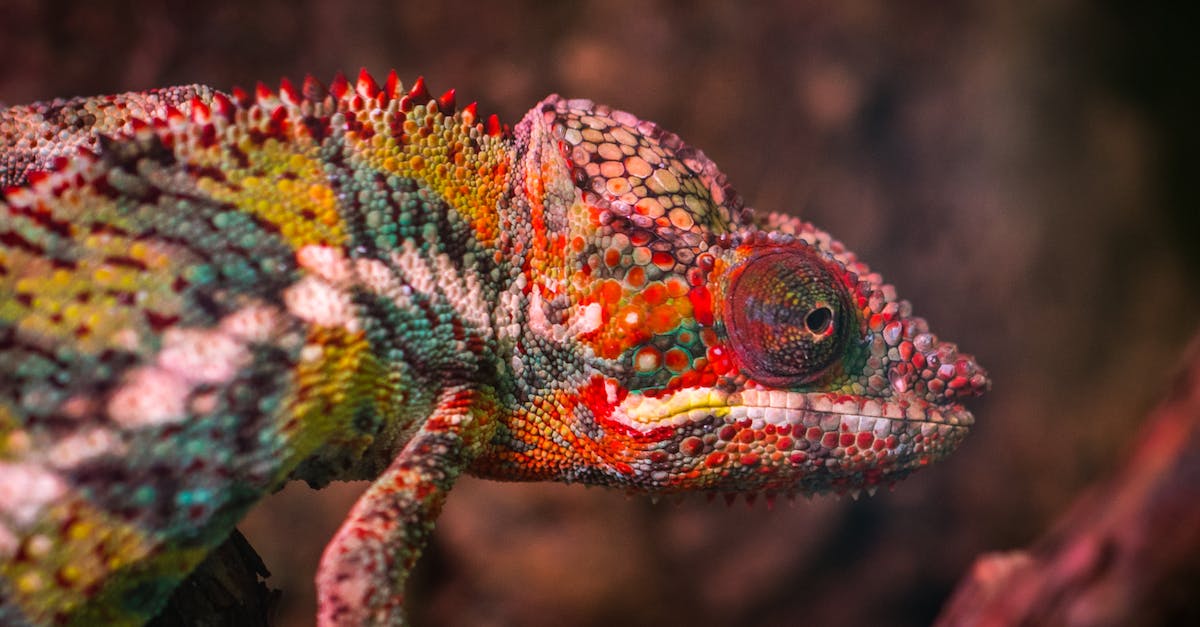
Male lizards tend to have two paired reproductive organs- the testes – where the good stuff is stored. They’re located internally just above the kidneys. This means some basic probing may be needed if you’re looking for them.
Speaking of probes – the female lizards have their special stuff going on too. They typically possess two ovaries and two oviducts; things get interesting when the latter becomes involved. The oviducts are the highways for the eggs – they bring them out of the ovary, venture through the abdomen and finally push ’em out! Now, sometimes a lizard won’t produce eggs, which means her oviducts need some cleaning and lubricating. If a female lizard is kept in captivity, you should get the oviducts flushed out at least annually.
And by the way, don’t confuse the oviducts with another important part of the auto-body shape of the female lizard: The cloaca. It’s her one-stop party shop, where all sorts of things from waste to eggs pass through.
The fun begins when lizards are ready to make babies, typically their eggs. Most eggs deposit in damp soil and hatch within a week or two. The young lizards will then begin the next cycle of the reproductive phase, and the cycle continues, for better or worse.
So that’s it! Lizard anatomy 101 – Reproductive System 101, if you will! Interesting stuff, right?
Longevity
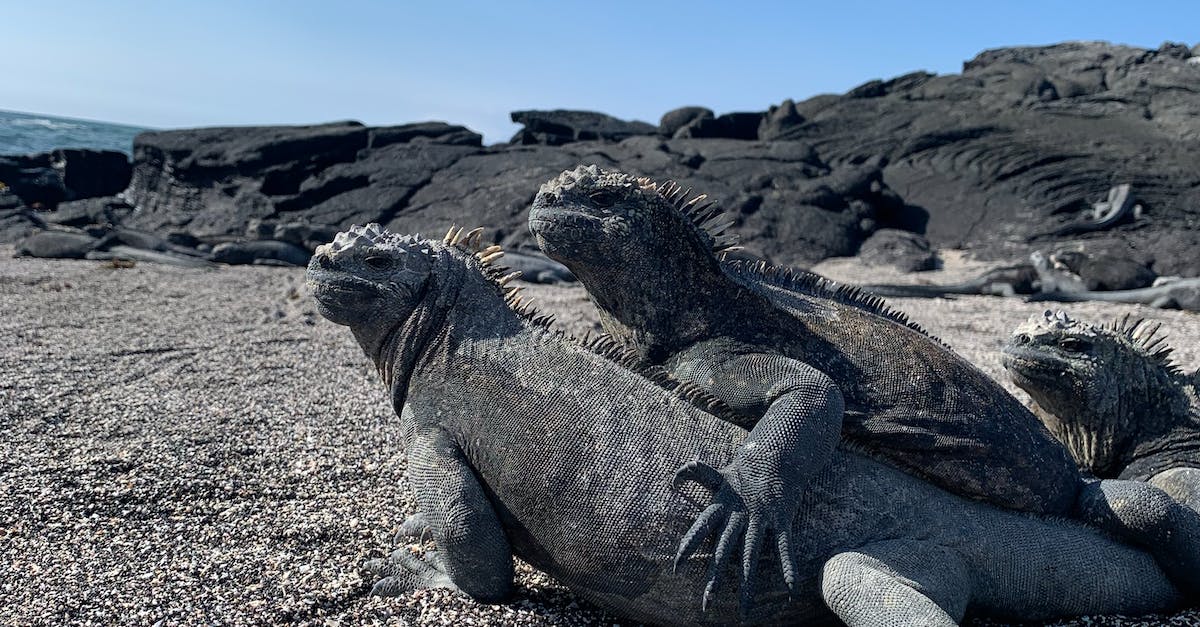
As a lizard, if you put in the effort, you could have a long, healthy life ahead of you. That is if you work on taking care of that body of yours. And guess what? The most important element for longevity is you!
First, there’s diet. Your diet is essential for getting the essential vitamins, fatty acids, and minerals to keep your family line strong. Strive for variety, as diverse diets can give you the right mix of nutrition! Lizards also love exotic bugs, fruits, veggies, and flowers.
Second, don’t forget exercise. Make sure you are getting the regular daily exercise you need. The occasional family-friendly scurrying around outside is the best way to do this. Being able to move and stretch will help you in the long run. Not to mention that it’s great for bonding with your family and friends lizard friends.
Third, stay hydrated. Keep up your water intake, even if water isn’t your favorite. Taking a sip or two often will help your body keep running smoothly.
Fourth, practice sun safety. Apply sunscreen (the appropriate type for lizard skin) and take regular breaks in the shade to give yourself a rest. This will help keep you looking young and fabulous.
Fifth, pay attention to your environment. Caring for your environment is just as important as caring for yourself. Lizards need unpolluted, natural environments to stay healthy and happy.
Finally, work on your mood and confidence. Lizards need comfort and peace of mind to stay in good spirits. Get lots of rest, practice relaxation techniques, and find ways to stay positive.
These are simple steps all lizards can take to ensure long-lasting health, so get to it!
Conclusion
In conclusion, Lizard Anatomy 101 has taught us so much about these fascinating scaly creatures. We got to look under the hood, from the top of their heads to the tips of their tails and learned about where their vital organs are located, how their skin protects them from predators, and which lizards like to hang them upside down. Not only did we gain insights into the fascinating world of lizards, but we also got a peek into the diversity of the species in terms of size, color, and temperament – a fun reminder that each lizard has its unique characteristics.
After journeying through the anatomy of lizards, one phrase remains true: they are truly fascinating.
Reference:

